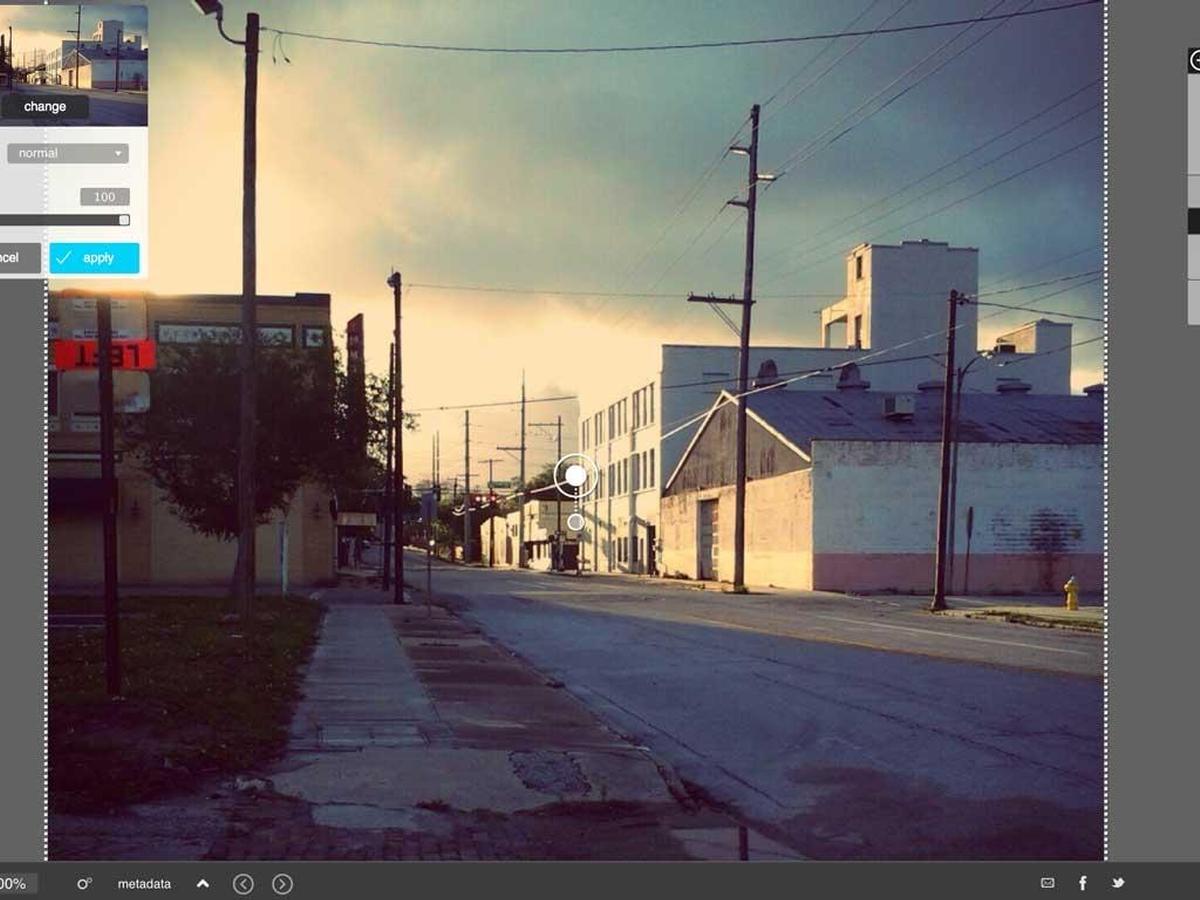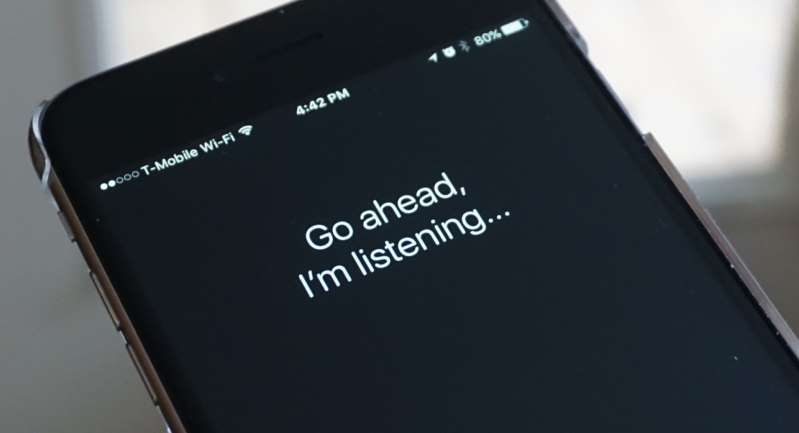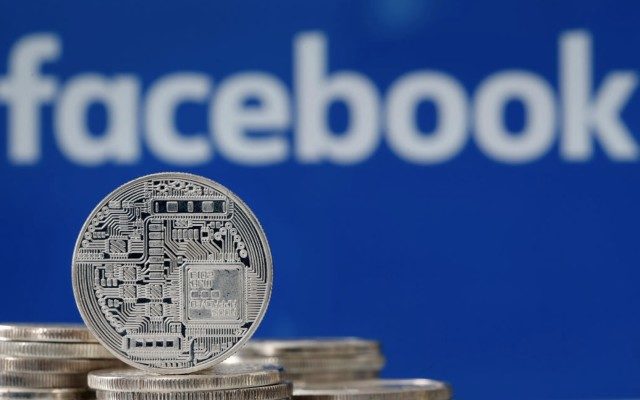Back in September in a bold attempt to lift bloodied former smartphone champ BlackBerry off the canvas, the company came up with a completely radical business-focused device, a phone shaped like an actual U.S. passport. The design of that BlackBerry Passport was polarizing, applauded by some for being innovative, ridiculed by others for its weirdness.
There’s nothing strange about the newest BlackBerry, the BlackBerry Classic that is modeled after the BlackBerry Bold 9900 handset that came out in 2011 when the Waterloo, Canada,-based company was still called Research In Motion.
Classic is a throwback, a device targeted at BlackBerry customers who’ve remained loyal through the tough times but who are also ready for something more modern.
The modern part comes with the gesture-driven BlackBerry 10 operating system (version 10.3.1 to be precise). But these are people who mostly cherish BlackBerry’s top-notch physical Qwerty keyboard. And the backlit keyboard on the Classic — with straighter frets than on the Bold — lives up to its heritage. Such customers also value BlackBerry’s industrial strength security.
BlackBerry Classic is unlikely to lure many from an iPhone, Android device or even a Windows Phone, unless those people never quite cozied up to touchscreen only virtual keyboards. But the solid and sturdy new 6.3-ounce Classic is just what the more traditional BlackBerry diehard has been waiting for. Indeed, if Passport was aimed at a more adventuresome techie, the Classic buyer is best suited for a conservative customer.
Classic is a “mid-tier” device but one that represents a definite upgrade over the Bold. It costs $449 in the U.S. “unlocked” or without a wireless carrier commitment, compared to $599 for Passport. AT&T and Verizon Wireless will carry the phone in the U.S. but haven’t provided any pricing yet.
Classic has a dual-core Qualcomm processor, 16GB of storage (expandable via MicroSD), and an 8-megapixel auto-focus rear camera and 2MP front camera for the inevitable office selfie. The cameras are OK, but nothing to write home about. Though I doubt they will be the ultimate reason why someone chooses to buy or reject the phone.
Classic has a 3.5-inch Gorilla Glass-protected display with decent resolution. It provides 60% more screen real estate than the long-in-the-tooth Bold 9900, which you can still buy.The screen still seems awfully small to anyone hooked on large phablet-sized displays on the latest iPhones and many Android or Windows alternatives.
BlackBerry says the battery life is 50% longer than the Bold, and that you can get up to 22 hours in mixed use. I didn’t run a formal test but I still felt the need to charge the device every night. Unlike on the Bold, the battery isn’t removable.
The handset is framed by a stainless steel bezel. The soft rubberized back has teeny-tiny dimples and an inviting grip. The phone and speakerphone quality was excellent.
What the BlackBerry customer will most appreciate in the Classic —and what was missing on the BlackBerry Q10 model that was the last Back to the Future-type BlackBerry 10-based handset — is the presence of dedicated physical navigation keys, especially the versatile trackpad button just above the keyboard. Real Call, Menu, Back and End buttons are equally welcome.
The touch-oriented BlackBerry 10 software does carry a learning curve. As with earlier BlackBerrys, I appreciate the BlackBerry Hub, the single repository for viewing and managing all your device messages and communications — BBM, texts, calls, Facebook messages and so on.
Though I didn’t test it, the BlackBerry Balance technology in the phone lets you segregate and secure your work data from your personal content. I was also unable to test BlackBerry Blend, a feature that will let you share content and messages on the phone with your computer or tablet — I couldn’t access a required software update that would let me try it.
Classic isn’t what you would think of as a fun and games type of device. As with Passport, available apps live in two main storefronts: BlackBerry’s own BlackBerry World showcase for productivity type apps, and the Amazon Appstore, where you’ll find games and other consumer-oriented selections. As before, there’s inevitable confusion and some overlap. The phone comes with Documents To Go from BlackBerry-owned DataViz, which lets you view and edit Microsoft Office files. Evernote is also preinstalled.
It’s worth noting that not all the Android apps downloaded from Amazon are going to display properly, though you can access a control to provide a zoomed or rectangular view, not a perfect solution.
The BlackBerry Assistant feature that is the company’s answer to Google Now, Siri or Microsoft’s Cortana pales next to the others. The feature will let you do such things as reply to a text by voice. And if you speak to BlackBerry Assistant, she speaks back, while if you type instead, it responds silently. BlackBerry Assistant lacks the sense of humor and personality of the other voice services and didn’t always produce relevant search results.
Classic doesn’t represent the bold leap of a Passport. For the customer BlackBerry is going after, it doesn’t have to be.
THE BOTTOM LINE
BlackBerry Classic
$449, www.blackberry.com
Pro. Excellent keyboard, sturdy feel, robust security. Appealing and familiar design for BlackBerry diehards. Good phone and speakerphone quality.
Con. BlackBerry 10 software is acquired taste. Dual app storefront may confuse people. Screen while bigger for BlackBerry is still small compared to many other phones.

















